If we construct a square with side length 1, take its diagonal length : $\sqrt{2}$
However I still don't understand HOW it can lie on the number line.
Imagine another irrational number $\pi = 3.1415926535...$
This number is also construct-able, and thus lies successfully on the number line.
However, for such a number to "lie" on the number line, it should be stationary.
If we look at the number $\pi$
$\pi = 3.1...$ We know $3.1 < \pi <3.2$
$\pi = 3.14...$ We know $3.14 < \pi <3.15$
$\pi = 3.141...$ We know $3.141 < \pi <3.142$
$\pi = 3.1415...$ We know $3.1415 < \pi <3.1416$
This list would go on forever, and the number $\pi$ is always "in-between" the two values,
$a < \pi < b$
and thus always in an increment (non-stationary) of a tiny value, compared to $a$.
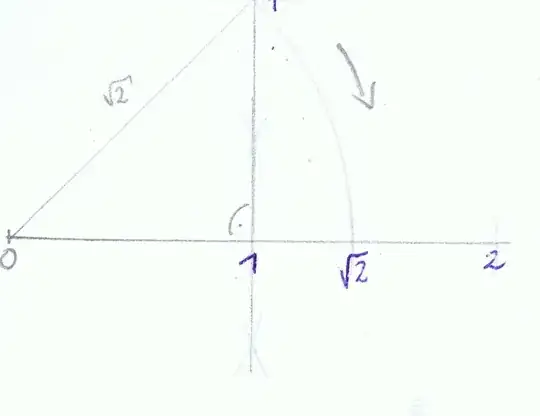
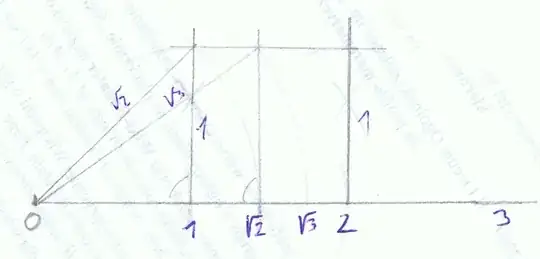

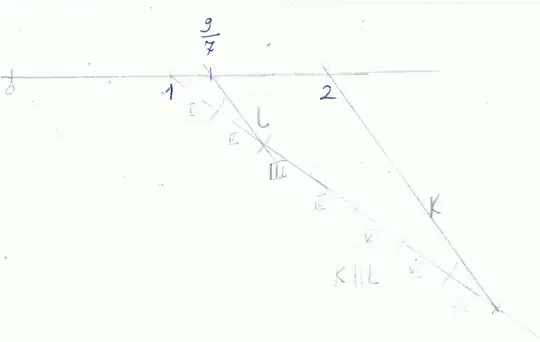
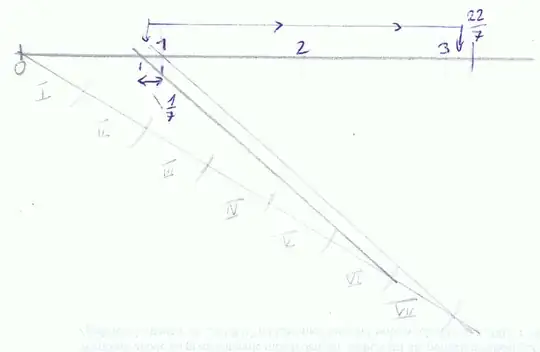
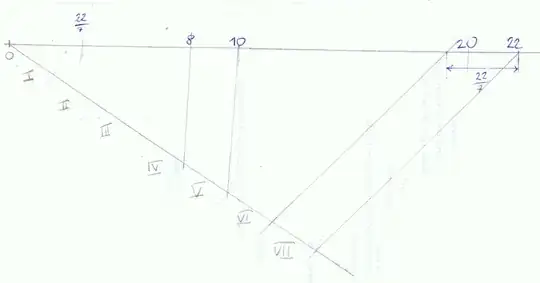
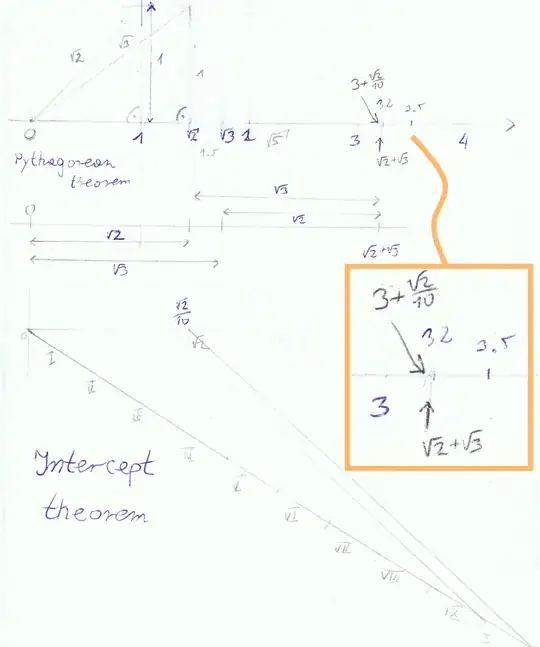
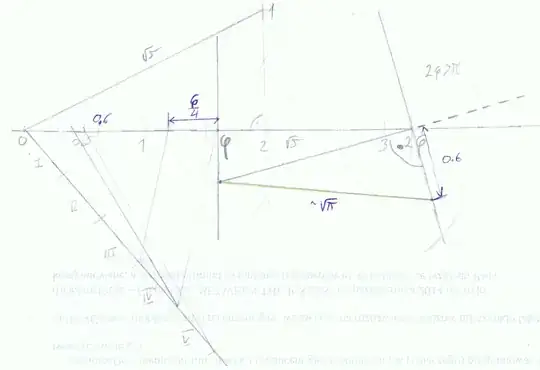
$1/3= 0.33...$ We know $0.33 < 1/3 <0.334$
$1/3 = 0.333...$ We know $0.333 < 1/3 <0.334.$
Yet $1/3$ is rational, so it also doesn't lie on the real line.
– Alex R. Oct 23 '14 at 19:27